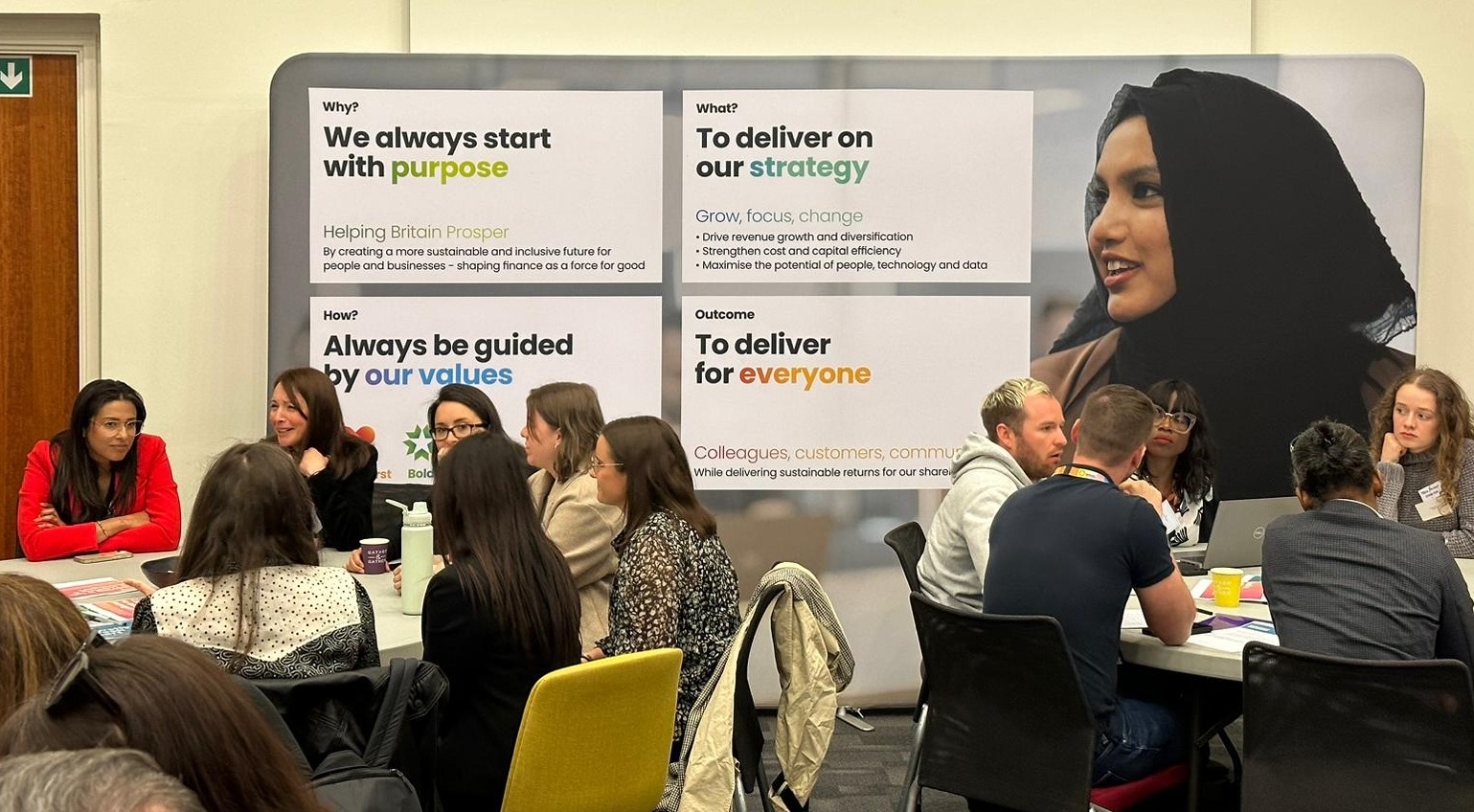Social Mobility: how do you measure it?

What we learned about businesses’ social mobility practice when we put 75 business leaders together in Edinburgh.
The Tech Talent Charter’s Diversity in Tech Roadshow landed in Edinburgh last week, where we were joined by over 75 industry and business leaders. The aim of our roadshow was to discuss the latest findings of our annual Diversity in Tech report and explore the regional insights and topics of interest highlighted by Scottish tech teams and businesses. One key focus of discussion was the measurement and support of social mobility within tech roles and organisations. The Social Mobility Commission reports that Scotland is making improvements and in some cases outperforming other UK nations on social mobility measures. However, there are still substantial challenges and vastly different career outcomes correlated with socio-economic background.
Whilst social mobility might not appear to be a problem troubling the tech sector, a 2020 study by the Bridge Group found that the tech workforce is unrepresentative of the UK workforce with respect to socio-economic background. This discrepancy worsens in more senior roles and certain specific tech occupations. We know the transformational power that technology careers have in terms of earning potential and impact on social mobility cold spots, so ensuring we are utilising the opportunity to discover and develop talent in these areas is vital to continue to ensure that we build a diverse tech workforce that serves society well.
Businesses are all approaching social mobility measurement and action differently
The TTCs Diversity in Tech Report uncovered that only 38% of Signatories measure social mobility. This was the only lens of diversity measured by fewer than half of our Signatories.
Roundtable participants shared their difficulties in collecting and measuring socio-economic status data. When measuring diversity for most characteristics - like gender, ethnicity or disability - most organisations approached things in similar ways. However, when it comes to socio-economic background, they were nearly all approaching it differently or not at all. Best practice suggests there are four key measures for socio-economic status:
- Parental occupation
- School type attended
- Free school meal eligibility
- Parental education.
If you can only collect on one metric, ask about parental occupation. It gives the simplest insight and is the most accessible information for employee disclosure.
A 6 point bump in ethnic diversity amongst companies that are working on social mobility
Whilst socio-economic background isn’t a protected characteristic and hasn’t received the same level of attention as areas like ethnicity or gender, it does intersect with characteristics that are protected. TTC found that the average proportion of ethnic minority tech employees was 6% higher at companies with interventions for social mobility compared to the TTC UK tech workforce as a whole. Indicating that ensuring focus in this area allows for more rounded and intersectional inclusion.
So with this in mind, what can companies do to start or improve their social mobility practice, in line with the current best practice?
Four things you can do to start or improve your work on social mobility
- Watch the Tech Talent Charter session on how to measure social mobility with Sarah Atkinson, CEO of the Social Mobility Foundation. She answers some of the thorniest challenges HR professionals face with this area of diversity and inclusion practice:
- What questions to ask your employees and how to analyse the answers.
- What KPIs to measure.
- How to measure socio-economic background in a global workforce.
- How to position social mobility survey questions to employees.
- The first step to take if your organisation is new to social mobility practice.
- How to tackle employee or stakeholder concerns around the social mobility survey questions.
- Use Sutton’s Trust social mobility guide or the Social Mobility Commission’s Toolkit to set up your data collection aligned to current research and best practices.
- Read the dedicated section on social mobility in our Diversity in Tech report.
- View the list of organisations businesses are partnering with on social mobility.